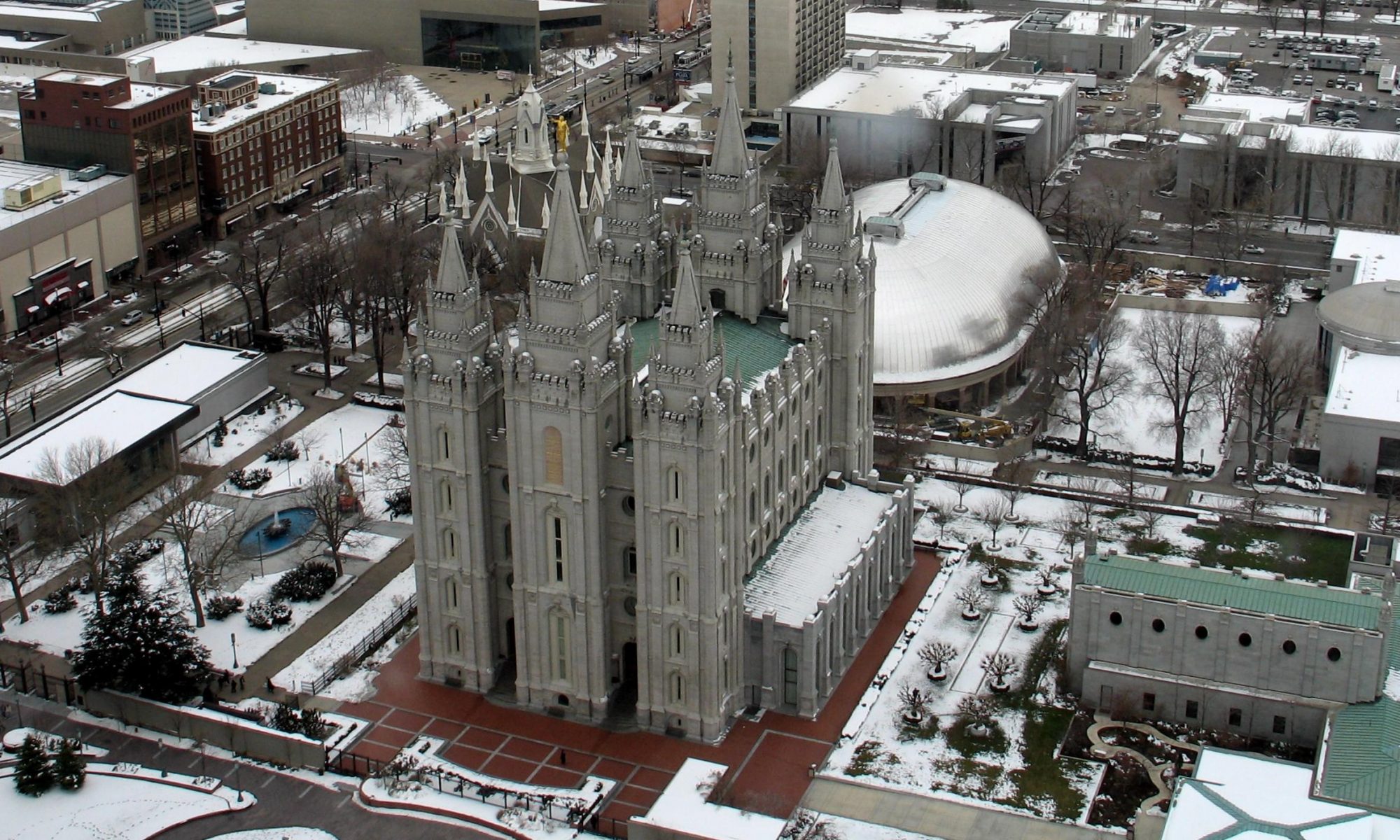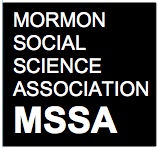Q: I’m thinking about doing a serious paper on the previous occupations of Mormons who are called into senior leadership positions (Apostles, various Quorums of the Seventy, Area presidencies, mission presidents, stake presidencies, etc). I was wondering if anyone can give me some good pointers as to where to start?
A: Several members of the MSSA responded with helpful suggestions.
Robert Lively Jr. gave the following suggestion:
The magazine Church News (which comes together with my copy of the newspaper Deseret News) features pictures and short bios of new mission presidents and their wives. Their occupations are generally included in the write-ups. As you know, given the expectations of what is required of mission presidents — putting their lives and careers on hold for three years — means that they typically are well educated, have financial resources to see them through the period, and can expect to return and pick up where they left off (although I certainly have heard of mission presidents who returned to dire financial straits.) The magazine also features new temple presidents.
Armand Mauss offered the following:
I don’t think this information is compiled anywhere in a single place or reference book, though it would be worth asking someone in both Public Affairs and in Research Information. Usually a leader’s occupation at the time of his call is mentioned in the article announcing the call. Such articles usually mention also his date and place of birth, wife’s name, number of children, educational attainment, home stake, previous callings, etc. These articles usually appear in the Ensign and/or in the Church News, at least for the general and area authorities. I’m not sure that comparable information for mission presidents and stake presidents can be found in these periodicals, at least not systematically. As an example, see this account about Elder Robbins from the May Ensign – plus comparable articles about other newly called leaders in the same issue. Such a time-consuming study will be overwhelming if one attempts to cover totally a long chronological period. Perhaps a sample, starting with just 2013, would be enough for an initial paper on the subject. After that, if it goes well, one might attempt a larger sample based, let’s say, on every other year for a given decade, or even two decades. Especially noteworthy, in my recollection, is the proportion of area and general leaders from outside the US who have already had careers as employees of the Church in welfare, CES, etc.
Tim Heaton noted:
The Church Almanac published by the Deseret News has biographical information, including occupation, about General Authorities.
Mary Jane Woodger offered the following:
I use a packet in my Teachings of the Living Prophets called Know Them That Labor Among You. That has at least the current 17s previous occupations available and you can get one at BYU bookstore.
Ryan Cragun also suggested:
This sounds like an interesting project. Do you have some sort of theoretical framework that is guiding the project? As some of the prior responses suggested, it’s likely many of these individuals are well-educated and successful. But why is that the case and what does it mean for the church if that is true? I would think about both the “why” and the implications of the “why” as you head into the project. Considering those issues may result in a paper with an engaging and compelling conclusion.

